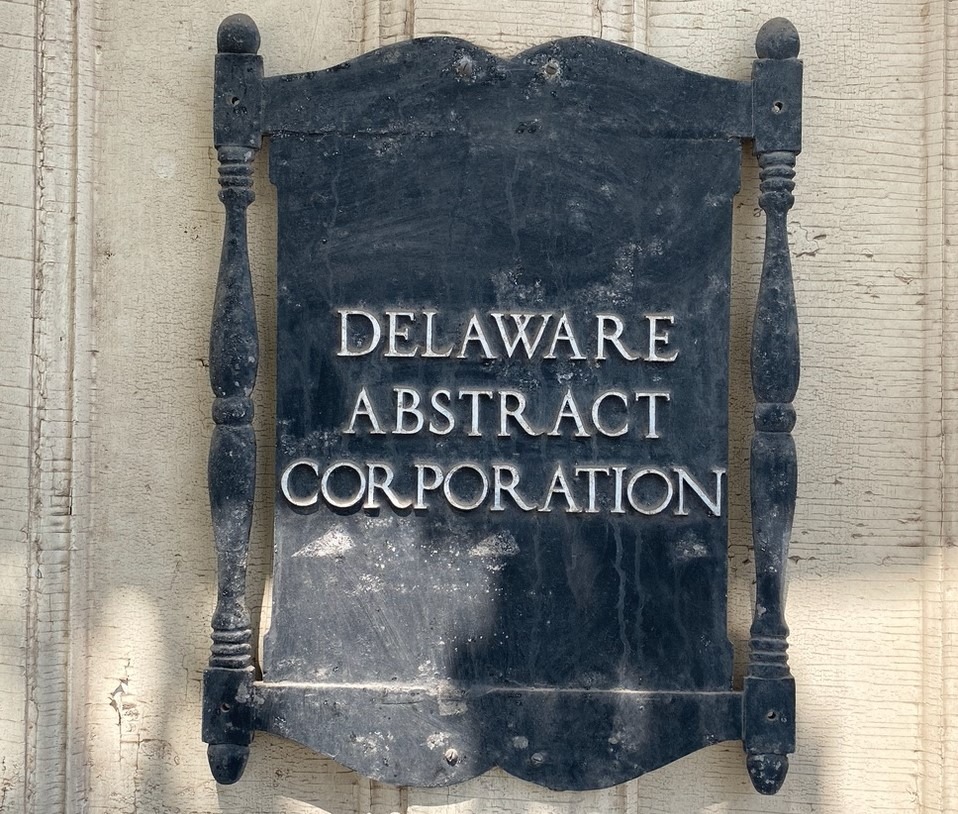Gareth Long: Delaware Abstract Corporation
18 Jan - 24 Feb 2024
Delaware Abstract Corporation presents two new series of works: the first a set of large-scale lenticular prints and the second a series of “rubbings.”
In the lenticular prints, Long focuses on the liquidity of the medium. The idea of liquidity is present in the work as subject matter and as part of how the artwork is structured and produced. To make the works, he generated a waterscape using 3D software (ocean and river geometry modelled using a combination of complex mathematical models and direct observation). These rendered animations are then set into motion using the particular properties of lenticular technology, emphasised by undulating waves of colour bands. He then lit the scene using environment lighting from actual photographs he took of bodies of water recently visited—in this case, off the coast of Fogo Island and the Delaware River in upstate New York. From this source imagery, Long produces a series of “copies.” However, as each lens and its inconsistent densities are unique, the lens itself produces an “optical fingerprint.” So, though copies may abound, they maintain a uniqueness that complicates the unlocatable original at the source of the image.
The “rubbings” were produced by coming into direct contact with a surface (the plaque of a company that determines legal ownership of properties) found by Long in Delaware County, also located in upstate New York. The State of Delaware is best known for being a tax haven where countless companies incorporate even though they have no connection to the state itself. Although not located in the State of Delaware, these “rubbings” are physically linked to a “real” place, then, but at one remove, evoking the shadowy no man’s land of a place where corporations are “sited,” without actually being physically on site.
Both mediums produce peculiarly complicated and unstable portraits of place. Their images are indexically linked to their sites of origin, but neither can be considered “real.” There is no solid ground to stand on. Delaware Abstract Corporation questions all the familiar parameters of representation. What is real and what is not, what we know to be an index of place and what has become forever muddied, abstracted, unlocatable, shifting with the slightest movement of the head or the hand.
In the lenticular prints, Long focuses on the liquidity of the medium. The idea of liquidity is present in the work as subject matter and as part of how the artwork is structured and produced. To make the works, he generated a waterscape using 3D software (ocean and river geometry modelled using a combination of complex mathematical models and direct observation). These rendered animations are then set into motion using the particular properties of lenticular technology, emphasised by undulating waves of colour bands. He then lit the scene using environment lighting from actual photographs he took of bodies of water recently visited—in this case, off the coast of Fogo Island and the Delaware River in upstate New York. From this source imagery, Long produces a series of “copies.” However, as each lens and its inconsistent densities are unique, the lens itself produces an “optical fingerprint.” So, though copies may abound, they maintain a uniqueness that complicates the unlocatable original at the source of the image.
The “rubbings” were produced by coming into direct contact with a surface (the plaque of a company that determines legal ownership of properties) found by Long in Delaware County, also located in upstate New York. The State of Delaware is best known for being a tax haven where countless companies incorporate even though they have no connection to the state itself. Although not located in the State of Delaware, these “rubbings” are physically linked to a “real” place, then, but at one remove, evoking the shadowy no man’s land of a place where corporations are “sited,” without actually being physically on site.
Both mediums produce peculiarly complicated and unstable portraits of place. Their images are indexically linked to their sites of origin, but neither can be considered “real.” There is no solid ground to stand on. Delaware Abstract Corporation questions all the familiar parameters of representation. What is real and what is not, what we know to be an index of place and what has become forever muddied, abstracted, unlocatable, shifting with the slightest movement of the head or the hand.

